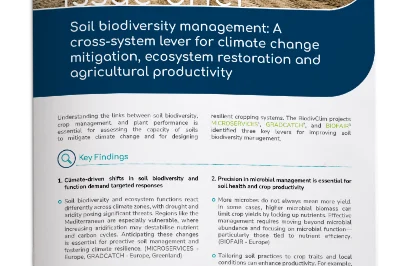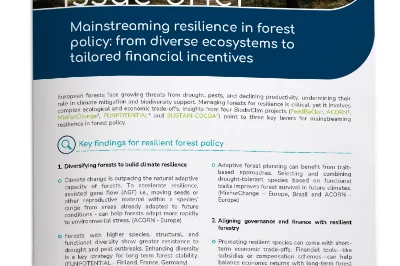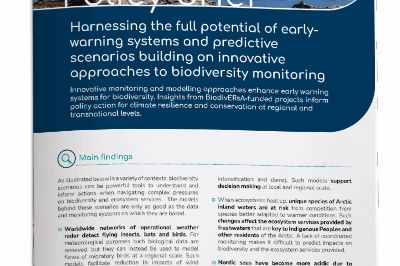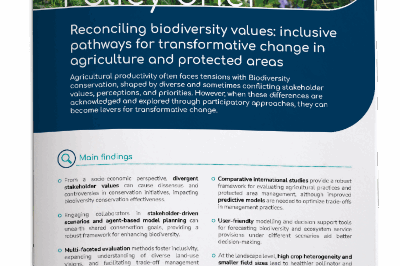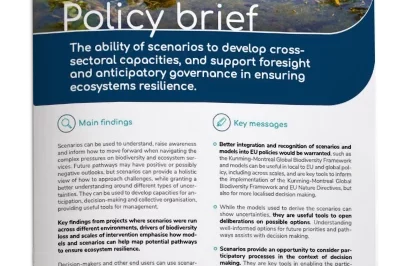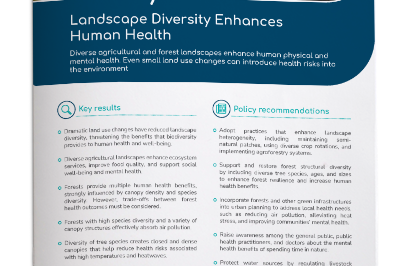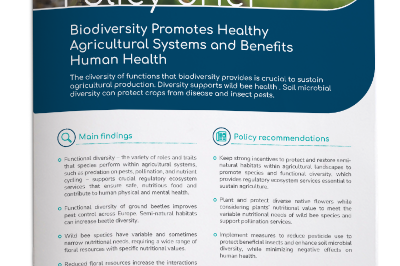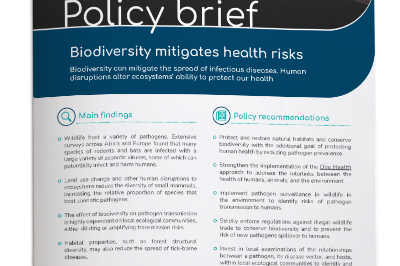Building Climate Resilience: New Issue Briefs on Soils, Forests & Nature-based Solutions
Biodiversa+ has released a new series of three Issue Briefs from the BiodivClim programme, showing how biodiversity can make Europe’s soils, forests, and landscapes more resilient to climate change.

